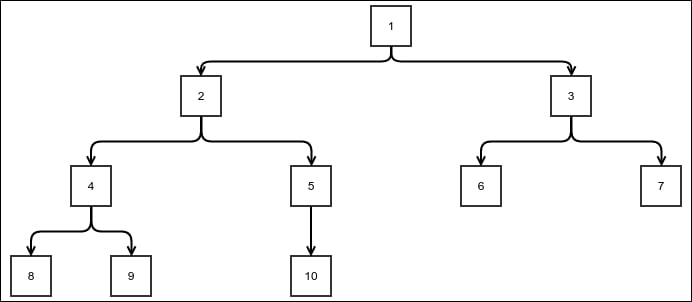-
Book Overview & Buying

-
Table Of Contents

Java 9 Data Structures and Algorithms
By :

Java 9 Data Structures and Algorithms
By:
Overview of this book
Java 9 Data Structures and Algorithms covers classical, functional, and reactive data structures, giving you the ability to understand computational complexity, solve problems, and write efficient code. This book is based on the Zero Bug Bounce milestone of Java 9.
We start off with the basics of algorithms and data structures, helping you understand the fundamentals and measure complexity. From here, we introduce you to concepts such as arrays, linked lists, as well as abstract data types such as stacks and queues. Next, we’ll take you through the basics of functional programming while making sure you get used to thinking recursively.
We provide plenty of examples along the way to help you understand each concept. You will also get a clear picture of reactive programming, binary searches, sorting, search trees, undirected graphs, and a whole lot more!
Table of Contents (13 chapters)
Preface
 Free Chapter
Free Chapter
1. Why Bother? – Basic
2. Cogs and Pulleys – Building Blocks
3. Protocols – Abstract Data Types
4. Detour – Functional Programming
5. Efficient Searching – Binary Search and Sorting
6. Efficient Sorting – quicksort and mergesort
7. Concepts of Tree
8. More About Search – Search Trees and Hash Tables
9. Advanced General Purpose Data Structures
10. Concepts of Graph
11. Reactive Programming
Index

